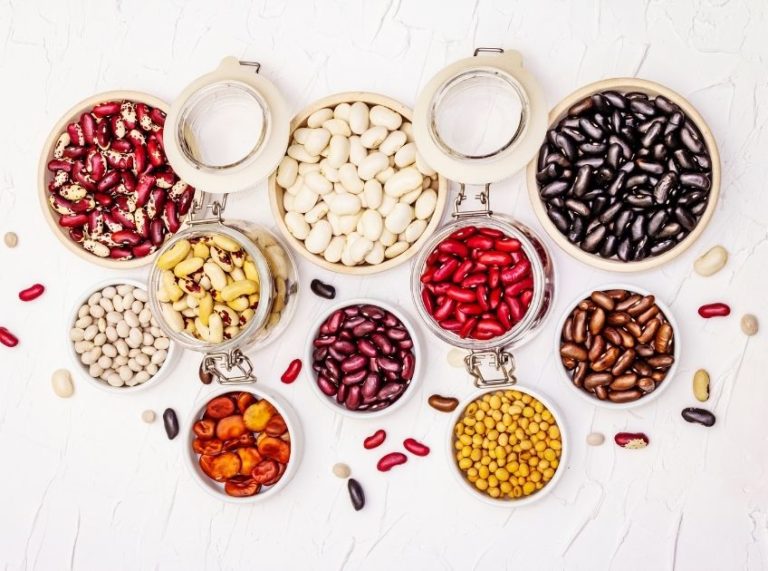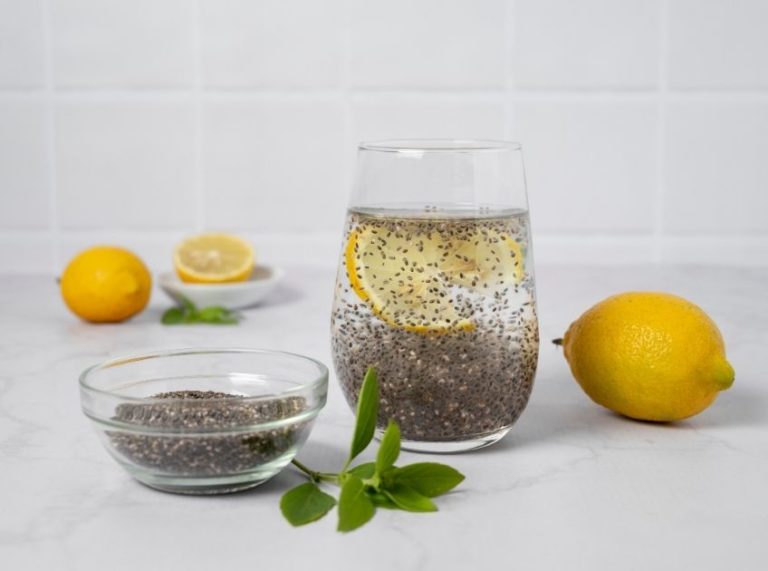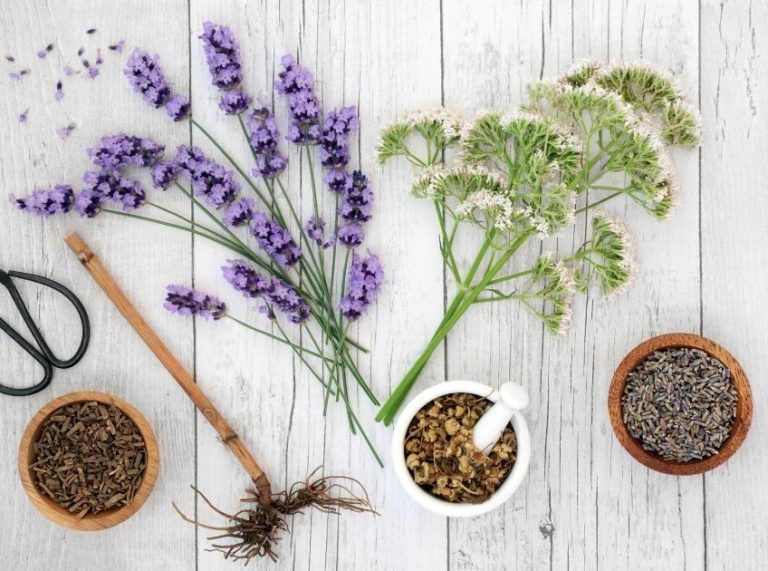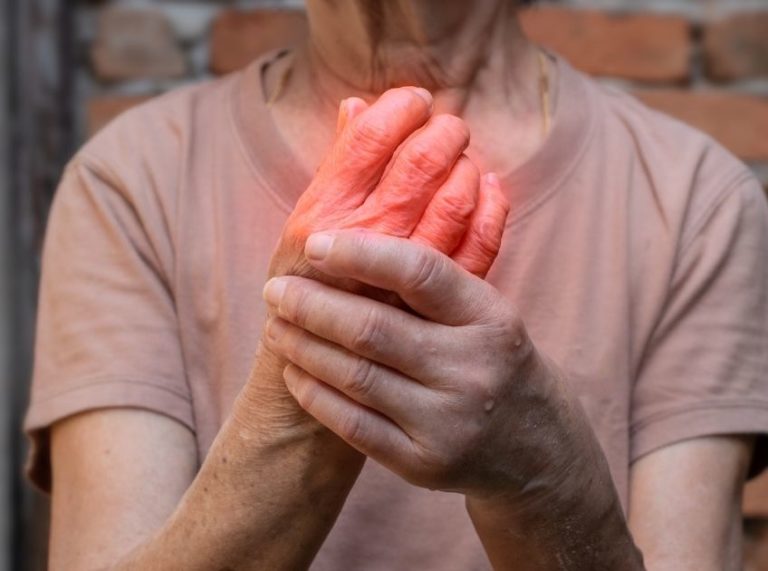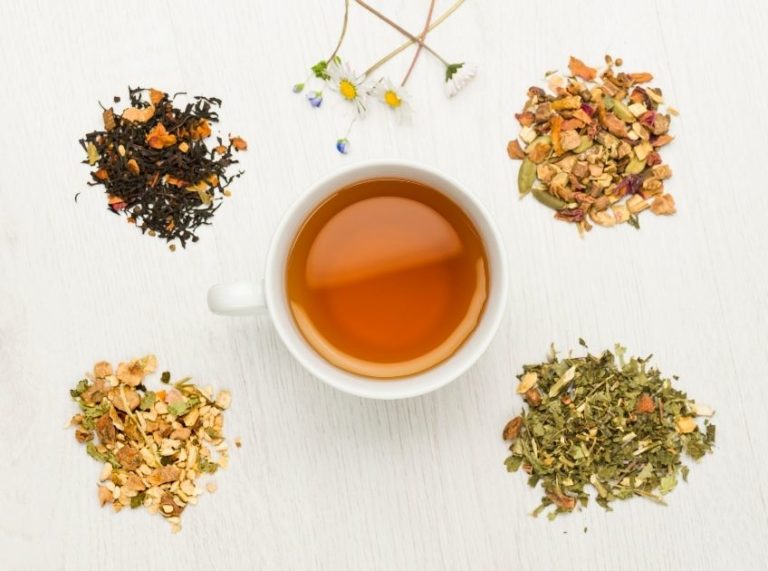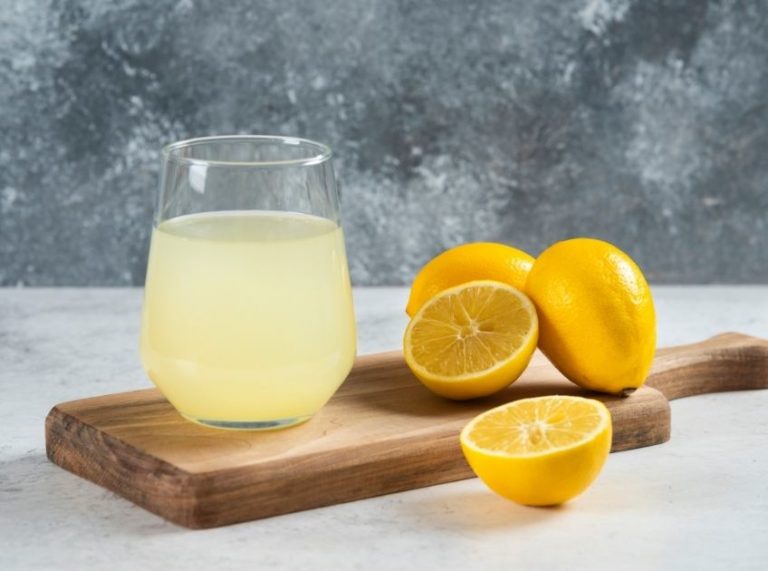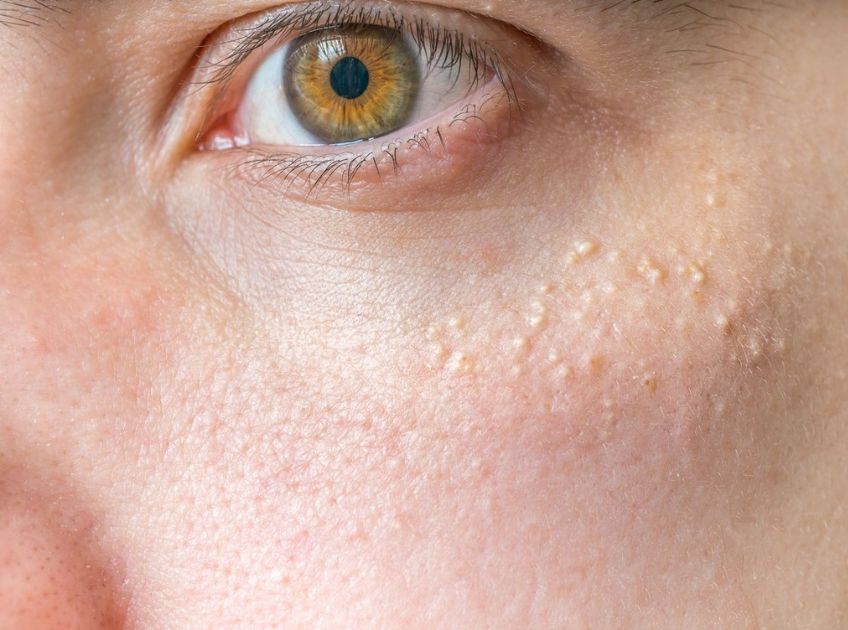
Important: This article is for informational purposes only. Please read our full disclaimer for more details.
Those tiny white or yellow bumps that appear under the skin, often around the eyes, cheeks, or nose? They’re called milia—and while they’re completely harmless, they can be frustrating from a cosmetic point of view. Milia occur when keratin (a protein found in skin) becomes trapped beneath the skin’s surface. The good news is that in many cases, they resolve on their own, and gentle home remedies can speed up the process. Let’s explore seven effective natural solutions to reduce milia and restore smoother skin.
Article Contains
7 Home Remedies for Milia
1. Gentle Exfoliation with Oatmeal Scrub
Exfoliation helps shed dead skin cells, prevents keratin build-up, and improves skin texture. Oatmeal is soothing and non-irritating, making it safe for sensitive skin types.
How to use
- Mix 1 tablespoon of ground oats with 1 teaspoon of honey and a few drops of water.
- Massage gently in circular motions for 2–3 minutes, avoiding harsh scrubbing.
- Rinse with lukewarm water.
Why it works: Oatmeal contains saponins that act as natural cleansers, while honey hydrates and heals.
Scientific backing: Studies show that colloidal oatmeal has anti-inflammatory and moisturizing properties beneficial for skin barrier health (1)(2).
Tip: Use 2–3 times a week only; over-exfoliation can worsen irritation.
2. Steam Therapy
Facial steaming is one of the simplest remedies to help soften skin, open pores, and allow trapped keratin to surface naturally.
How to use
- Heat a bowl of water until it steams.
- Place your face over the steam for 5–7 minutes, covering your head with a towel.
- Rinse face with cool water and moisturize afterward.
Why it works: Steam improves circulation and loosens skin debris, reducing the chances of keratin plugging pores.
Scientific backing: Warm steam is widely used in dermatology as a pre-treatment before extractions because it softens and loosens clogged debris (3).
Tip: Add a few drops of chamomile or tea tree essential oil for added soothing and antibacterial benefits.
3. Aloe Vera Gel
Aloe vera is a skin-soothing powerhouse. It hydrates, calms irritation, and supports healing, making it an excellent choice for reducing milia.
How to use
- Apply a thin layer of fresh aloe vera gel on the affected area before bed.
- Leave overnight and rinse in the morning.
Why it works: Aloe contains aloin and polysaccharides, which promote skin regeneration and reduce inflammation.
Scientific backing: Research shows aloe vera has hydrating and wound-healing properties, making it effective for various skin conditions (4).
Tip: Use freshly extracted gel from the plant for best results, or choose pure aloe vera gel without added fragrances.
4. Tea Tree Oil
Tea tree oil is known for its antibacterial and anti-inflammatory effects, which can help prevent infection and keep pores clean.
How to use
- Mix 1–2 drops of tea tree oil with a carrier oil (like jojoba or coconut oil).
- Dab gently onto affected areas once a day.
Why it works: Tea tree oil penetrates the skin and reduces microbial growth, helping the skin stay healthy.
Scientific backing: Multiple studies support tea tree oil’s antimicrobial benefits for skin health, making it a common ingredient in acne and skin care products (5).
Tip: Never apply undiluted tea tree oil directly—it can cause irritation or dryness.
5. Honey Mask
Honey is a natural humectant and helps soften and hydrate skin, reducing the likelihood of keratin plugs that form milia.
How to use
- Apply a thin layer of raw honey to your skin.
- Leave for 15–20 minutes, then rinse with lukewarm water.
- Repeat 3–4 times a week.
Why it works: Honey contains enzymes, amino acids, and antioxidants that protect and heal skin.
Scientific backing: Honey has proven wound-healing, moisturizing, and antimicrobial properties in dermatology research (6).
Tip: Combine with a few drops of lemon juice for extra exfoliation, but avoid if you have very sensitive skin.
6. Apple Cider Vinegar (Diluted)
Apple cider vinegar helps exfoliate skin, reduce buildup, and balance pH levels, which may help with persistent milia.
How to use
- Mix equal parts water and apple cider vinegar.
- Apply with a cotton ball to affected areas once daily.
Why it works: ACV contains acetic acid, which gently exfoliates and clears debris from pores.
Scientific backing: Studies suggest apple cider vinegar has antimicrobial and mild exfoliating properties that can benefit skin health (7).
Tip: Always dilute ACV; undiluted vinegar can cause burns or irritation.
7. Sandalwood and Rose Water Paste
This traditional remedy helps cool the skin, reduce excess oil, and keep pores clear. Rose water refreshes and tones, while sandalwood soothes inflammation.
How to use
- Mix 1 tbsp sandalwood powder with rose water into a smooth paste.
- Apply to the affected area for 15 minutes.
- Rinse off with cool water.
Why it works: Sandalwood absorbs excess oil and reduces clogged pores, while rose water maintains skin hydration and pH balance.
Scientific backing: Rose water is known for its antioxidant and anti-inflammatory benefits (8). Sandalwood has been studied for its antimicrobial and calming properties (9).
Tip: Use 2–3 times a week. Ensure you’re using pure sandalwood powder, not synthetic substitutes.
When to See Your Dermatologist
While home remedies can help, not all cases of milia will respond to them. If your milia:
- Persist for several months without improvement
- Appear in large clusters or spread to new areas
- Cause discomfort or irritation
…it’s time to see a dermatologist. They can safely remove milia using sterile tools or recommend professional treatments like chemical peels or laser therapy.
Frequently Asked Questions (FAQ’S)
1. Are milia the same as whiteheads?
A. No, milia are not acne. They form from trapped keratin, not excess oil or bacteria.
2. Can I pop milia at home?
A. Never try to squeeze or pop milia—this can lead to scarring or infection. Always let them resolve naturally or seek professional removal.
3. How long do milia take to disappear naturally?
A. In many cases, milia fade within a few weeks to months, but stubborn ones may require treatment.
Milia are harmless, but they can affect your confidence. With natural remedies like steaming, aloe vera, honey, and gentle exfoliation, you can often speed up the healing process safely at home. Remember—patience is key, and if they don’t improve, a dermatologist can offer effective solutions. Take gentle care of your skin, and those tiny bumps will soon be a thing of the past.
